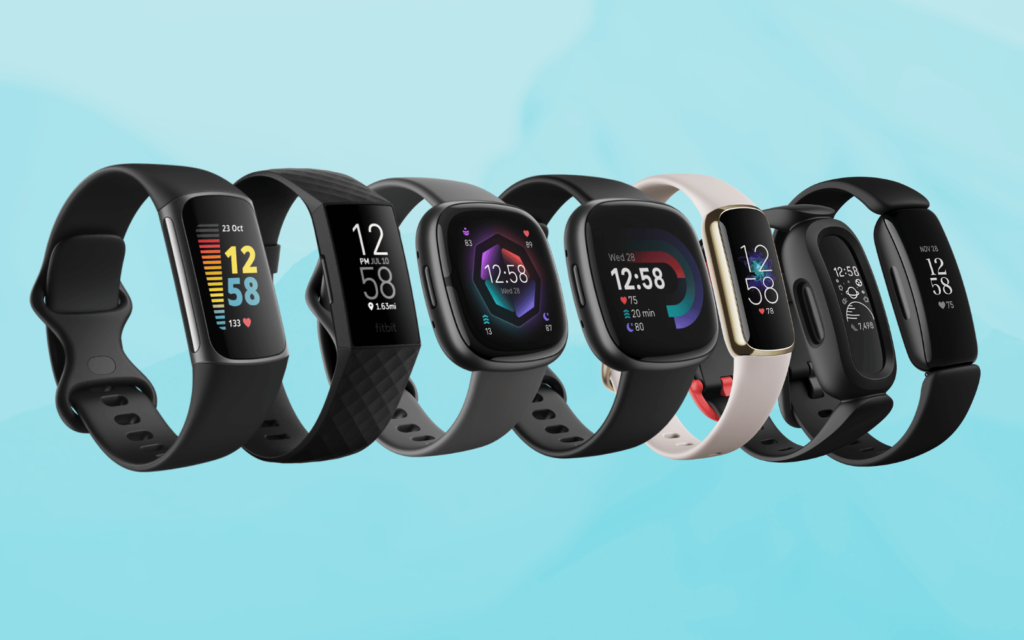It’s the time when folks promise themselves that this is the year that they’ll get off the couch and get fit. We believe in you, as it happens, but a little extra help is always handy. Fitbit, the original fitness tracker (slow down there pedants, we’re taking liberties with reality), currently offers a little something for everyone.
Whether you’re an established fitness nut but don’t quite have the sinews to use a Garmin Fenix 7x to its full potential, a complete beginner, or even a type with designs on roaming the track with your folks, the Google-owned brand has something that will suit you. With more than eight different options to choose from (and that’s just the recent crop) actually making a choice can be tough. But that’s why we’re here.
For the serious: Fitbit Charge 5
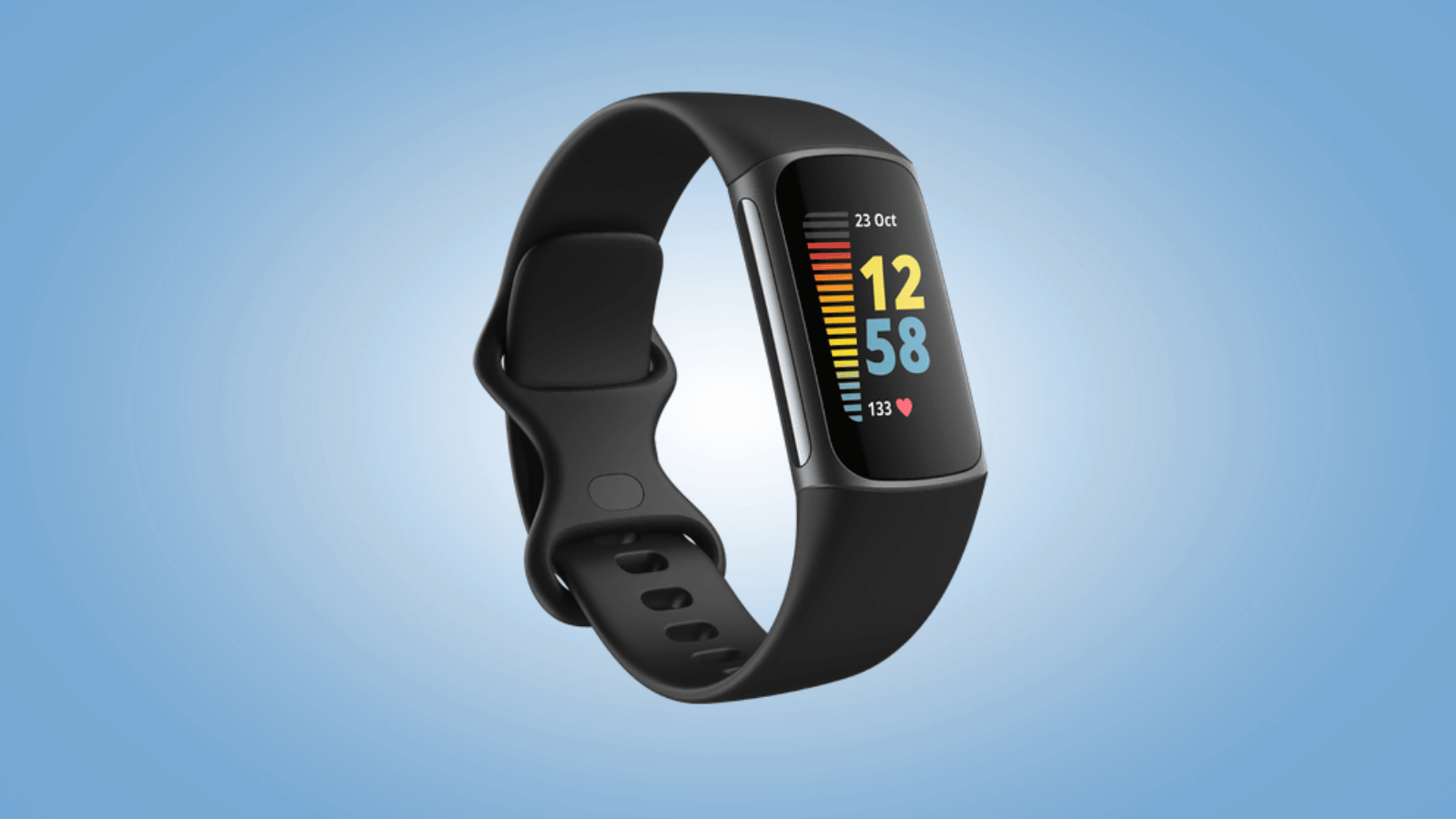
So you take your exercise seriously enough to own decent shoes and perhaps a set of Under Armour gear that totally improves your performance? Then what you need on your wrist is the R4,000 Fitbit Charge 5. It’s due for a refresh (any day now, guys) but for the moment it’s a great combination of fitness tracker and smartwatch. Best of all, it’s got a full-colour OLED display.
An integrated GPS and heart-rate tracking are obvious additions but there are also wellness features seen in the Sense 2 and Versa 4 packed into this little band. Blood oxygen measurement, skin temperature, and ECG are all features, plus the Sense’s EDA stress measurement functions are present. It does all of this in a case that dispenses with buttons entirely in favour of an excellent touchscreen.
Throw in a week-long battery (though it’ll stretch further if you’re inactive) and you’re looking at the smartest true band from the company’s stables. As usual, the Fitbit app will crunch the numbers this thing produces. It’s just up to you to provide the numbers.
Feeling budget-conscious? Try the Fitbit Charge 4
Fitbit’s Charge 4 is still around and it’ll cost you around R1,500 less than its newer sibling. You’re losing the colour OLED display and some of the smooth lines from the design but there’s still a solid suite of tracking available from this last-gen tracker. We’re a little more fond of both the band and the software in the Charge 4 but the Charge 5 is just that much sexier to look at and use. Still, if you’re looking to save a few rands and still want an excellent tracker on your wrist, this is the place to look.
For the mentally balanced: Fitbit Sense 2
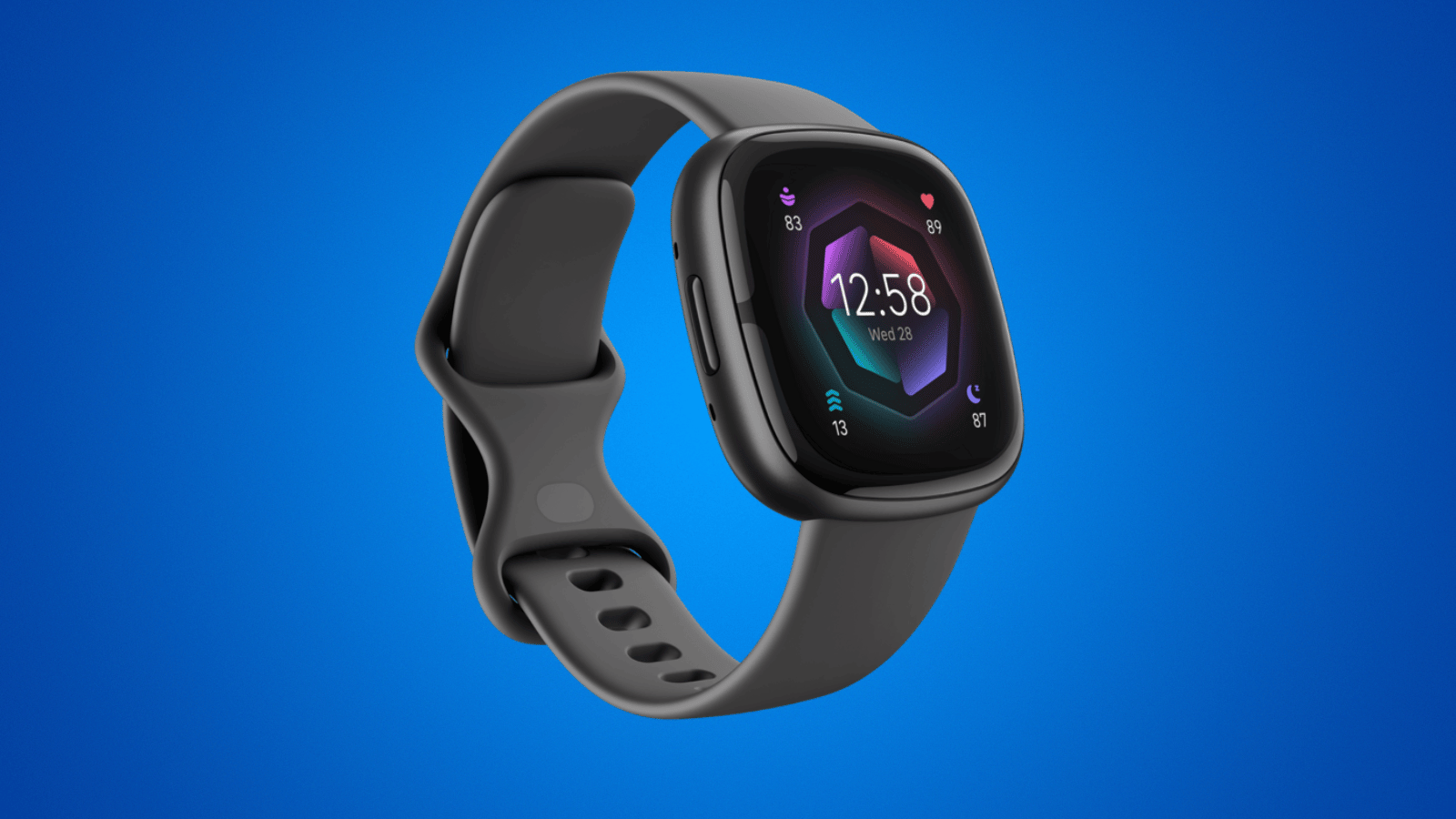
The Sense 2 was the best wearable device released by Fitbit in 2022. That wasn’t a gigantic field but that doesn’t detract from the achievement. The company’s priciest device (seriously, it’ll set you back around R7,500 — that’s Apple Watch money) is also one of its best. But only if you’re just as concerned about your mental health as you are about your physical health.
It’ll track your stress, heart rate, there’s ECG, and all of the usual movement tracking but that dermal sensor is the key feature here. It’s built into the edges of the OLED display where it meets the aluminium case. That’s also where you’ll find your ECG connection points.
Navigation is mostly confined to the touchscreen but there’s a single physical key that acts as a back button. It’ll also activate integrated Alexa, as a long-press, but it’s also a little finicky. We’ve pressed it more than once during a workout just by contorting our wrists.
Still, the Sense 2 will supply the greatest amount of data of any of Fitbit’s devices. The company’s Premium service and the corresponding deeper data insights are almost a must with this one. It’ll still provide plenty of insight but there’s more to be had.
For the all-rounders: Fitbit Versa 4
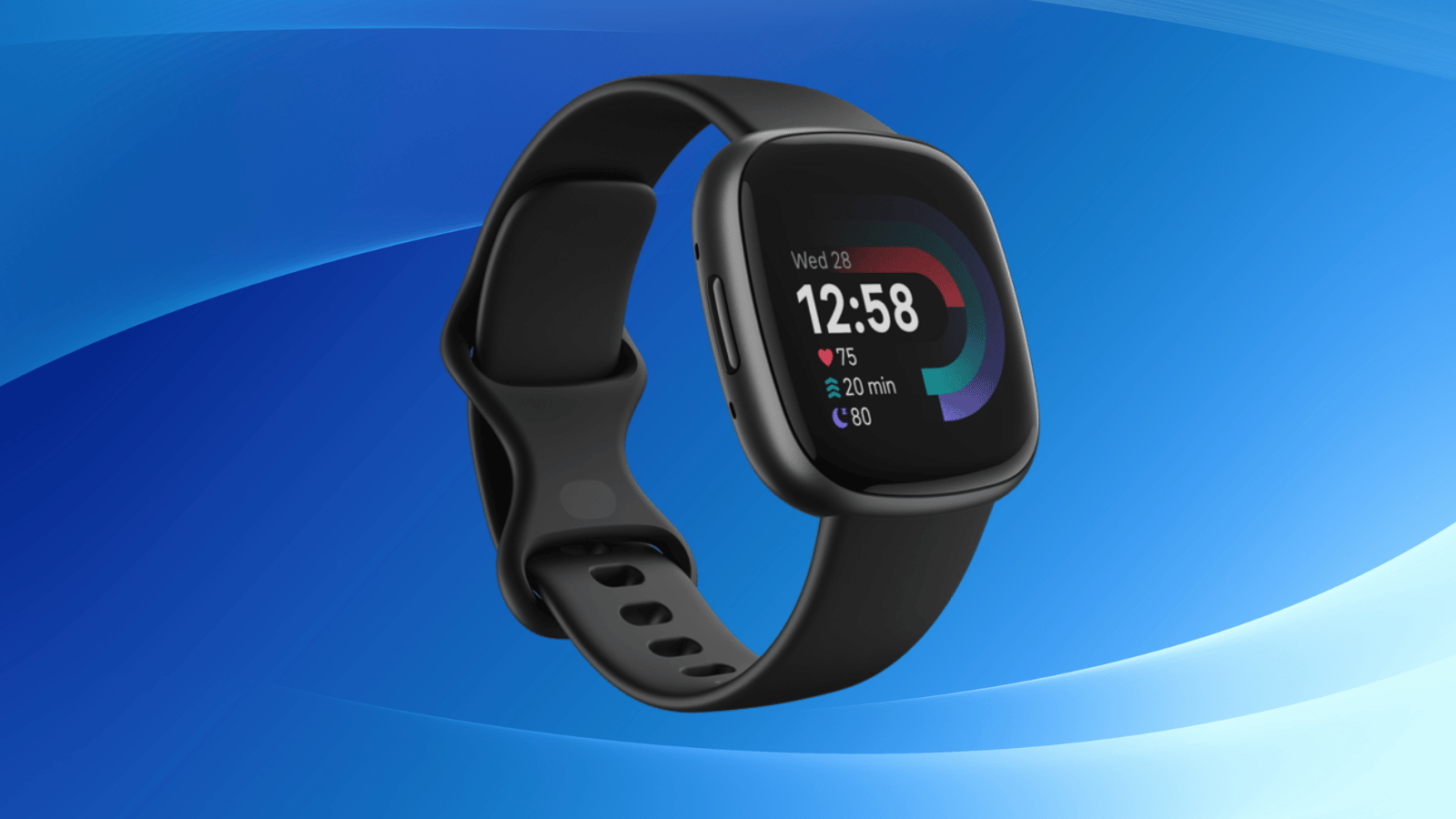
Fitbit’s Versa lineup was always supposed to be more of a smartwatch than a fitness tracker but it hasn’t quite worked out that way. The Versa 4 currently leans more in the ‘tracker’ direction but since it’s packing the same screen as the Sense 2 (and most of the same chassis, to the point where it might get confusing). It’s priced at R5,700 so if you just want something that looks expensive but doesn’t include that EDA sensor, this is the way to go.
But that’s not all the Versa 4 is capable of. There’s blood oxygen, sleep, heart rate, and movement tracking. An upgrade lets it track more workouts than its predecessor, and there are a few Google apps supported by this one. A taste of things to come? Yeah, probably. Google Maps on your wrist, along with an integrated GPS, is a dandy way to let the search giant track you everywhere. Oh, all right, it’ll also ensure you never get lost.
Unless you’re out for more than six days. That’s how long the battery will last, though you can hammer that down to 48 hours if you’re feeling nasty and run the OLED display all the time.
Feeling budget-conscious? Try the Fitbit Versa 2
The Versa 2 is still around and at R3,400 it’s looking mighty affordable. The Versa 3… we don’t speak about the Versa 3. But the Versa 2 might be worth your time, as long as on-wrist GPS isn’t on your list of must-haves. It’s still got plenty of tracking skills, NFC ensures that you can make payments (for now — Google may have other plans at some point), and it’ll also function as a decent little smartwatch. Plus, you know, it’s seriously affordable.
For those on a budget: Fitbit Inspire 2
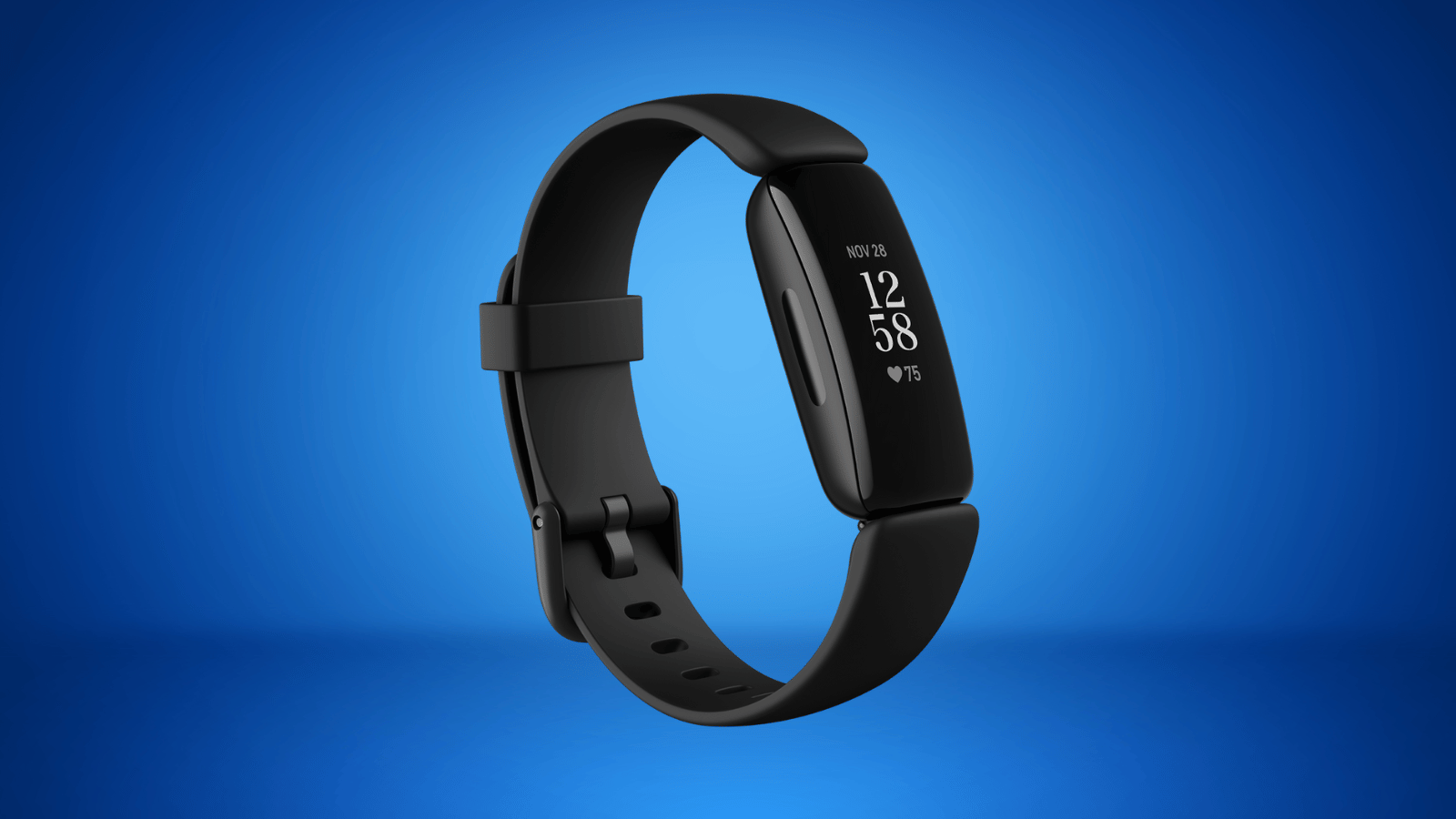
Not everyone can afford one of Fitbit’s flagship devices. Not everyone is going to use one for more than a month or two. For the folks lacking cash and those who know they’re about to call it quits sometime in February, there’s the Inspire 2. It hearkens back to a simpler time when new fitness trackers cost about R2,200.
But it’s more a step tracker than a fitness device. There’s no integrated GPS but it’ll still keep an eye on your heart rate. Because those sensors are super-affordable now, we guess? It’s also packing a substantial amount of tracking smarts, so you can do some workout-related stuff with it. You just won’t have super-accurate distance tracking when you’re out pounding the pavement. There’s enough data for the determined but not so much that you’ll feel bad if you stop using it a couple of weeks in.
Battery life, at ten days, is the best you’ll encounter from Fitbit’s lineup. A smaller screen, lack of GPS, and scaled-back smarts have their benefits. Beginners on a budget should check in here first.
For the fashion-first: Fitbit Luxe
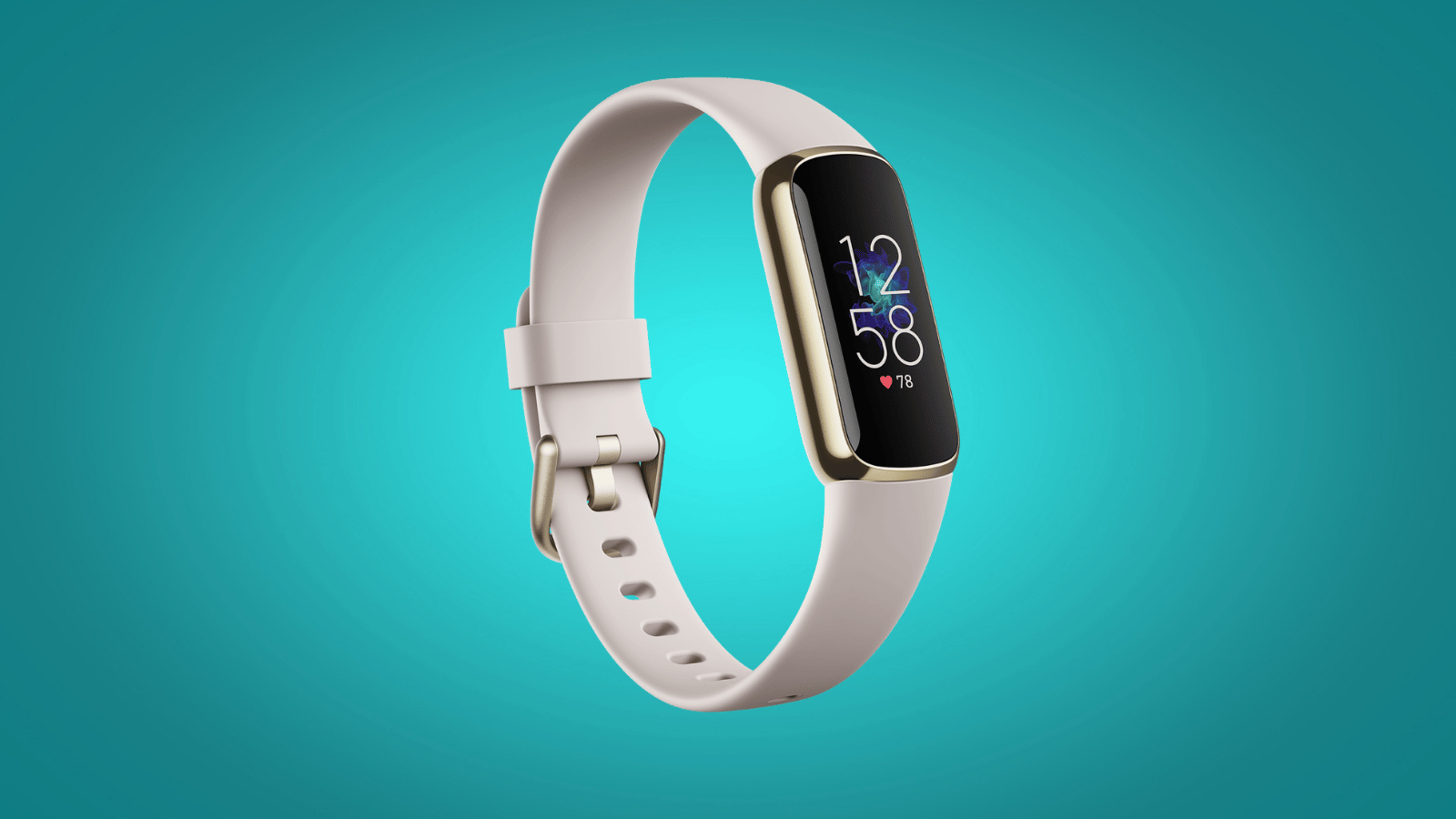
The Fitbit Luxe is the Inspire 2 with a shinier coat of paint and a spiffier display. It more or less justifies the extra R600 you’re paying for one if you’re more about keeping up appearances. It’s got similar lines to its square brethren, featuring a curved chassis to go along with the colour screen.
But it’s more of a fashion statement than a serious tracker, as evidenced by its budget internals. The Luxe is what you wear if you want to look good while pretending that you’re spending time on the road. But since it’s made by Fitbit, it’s still going to be at least a little functional.
Movement, heart rate, and sleep tracking are all as good as ever. It’s water-resistant, so you’ll get it into the pool or ocean just fine, but the narrow display makes it a mission to get any decent data on-wrist. Since it’s a fire-and-forget sort of tracker, you’re probably not going to be digging into the app to find those insights. We could be wrong, though. We don’t know your life.
For the kiddies: Fitbit Ace 3
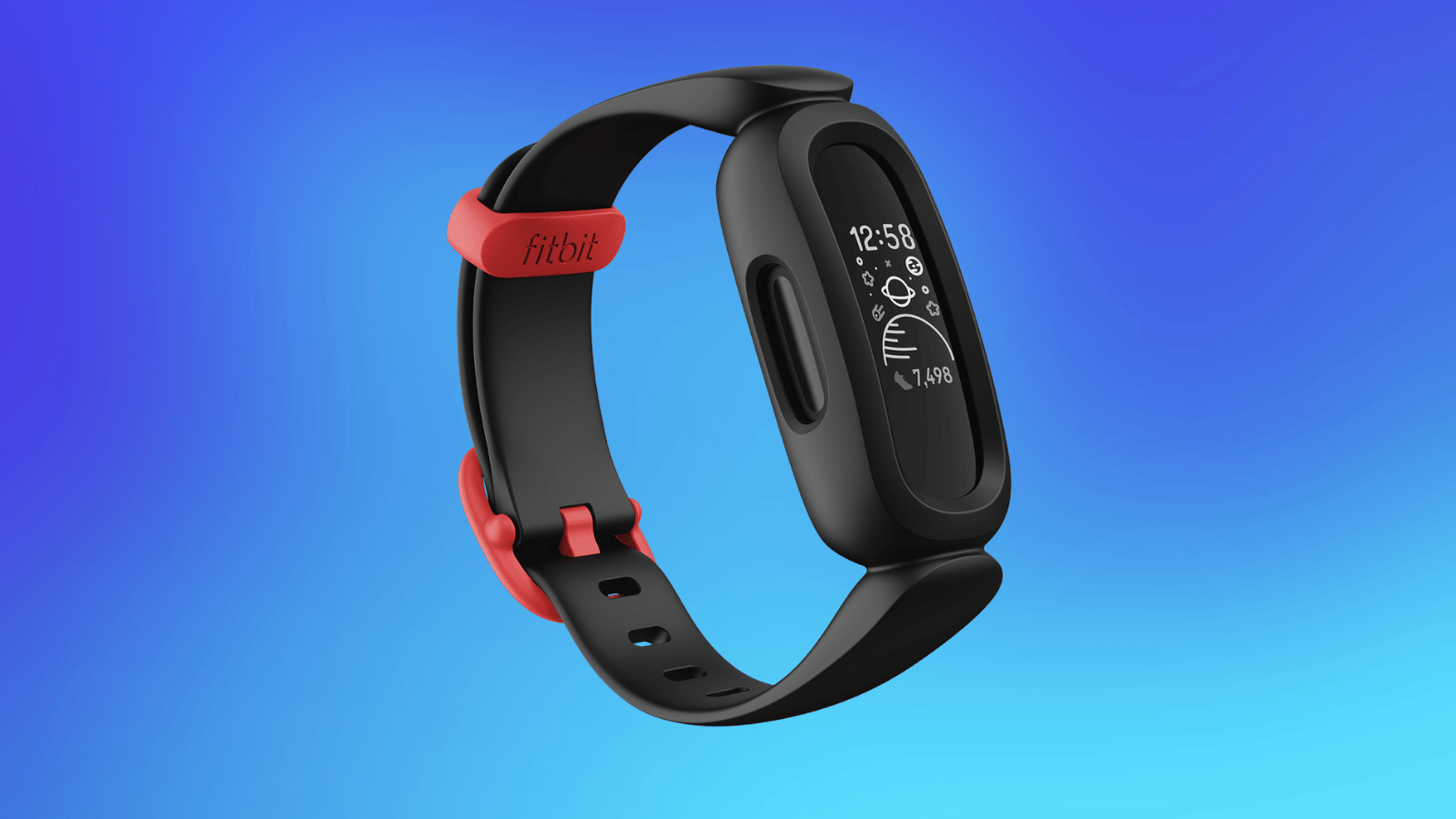
This one’s an excellent option for kids, who you might not appreciate losing a R5,000 fitness tracker. That’s why we’re surprised that it’s not more commonplace in South Africa. There’s only really one outlet selling it here but at R1,760, they’re doing a good job of it.
So what’s the big deal with a kid’s Fitbit? Well, there’s a cushioned bumper around the monochrome OLED screen, the clasp is one of those wristwatch-style connectors, and it’s completely waterproof. In short, the company’s tried to make this thing kid-proof. They’ll fail, somehow, but it’s the thought that counts.
It also means that the data collected and shared is less intensive than the grown-up models. It’ll still keep an eye on sleep and movement, but it’s not offering calorie or heart rate data up. There’s a special Kid View interface if you want to keep even that data away from prying young eyes, but it’ll also monitor Active Minutes so you can tell just how difficult your offspring are going to be right around bedtime. Should have let them run around outside more, right?

